As a professional painter, you understand that hot weather conditions can wreak havoc on the quality and durability of even the best painting job. Now, combine that wisdom with the fact that July 2023 was recently verified as the Earth’s hottest recorded month (NASA), and there’s no doubt that delivering superior results — no matter what the thermometer says — is not only desired, but expected.
Here are some tips to help you handle the heat on the job.
OPTIMAL CONDITIONS
In an ideal world, outdoor temperatures would always hover around 77°F, humidity would settle at 50 percent, and a light, refreshing breeze would cool the air. Sounds great! Unfortunately, such conditions can be hard to come by — especially in the summer.
While scorching conditions can trigger several problems — from improper flow and leveling, to wrinkling, blistering, and peeling — don’t get discouraged. Just be sure to apply within a paint’s optimal temperature range (typically, 40°F to 90°F for oil-based paints and 50°F to 90°F for latex and acrylic).
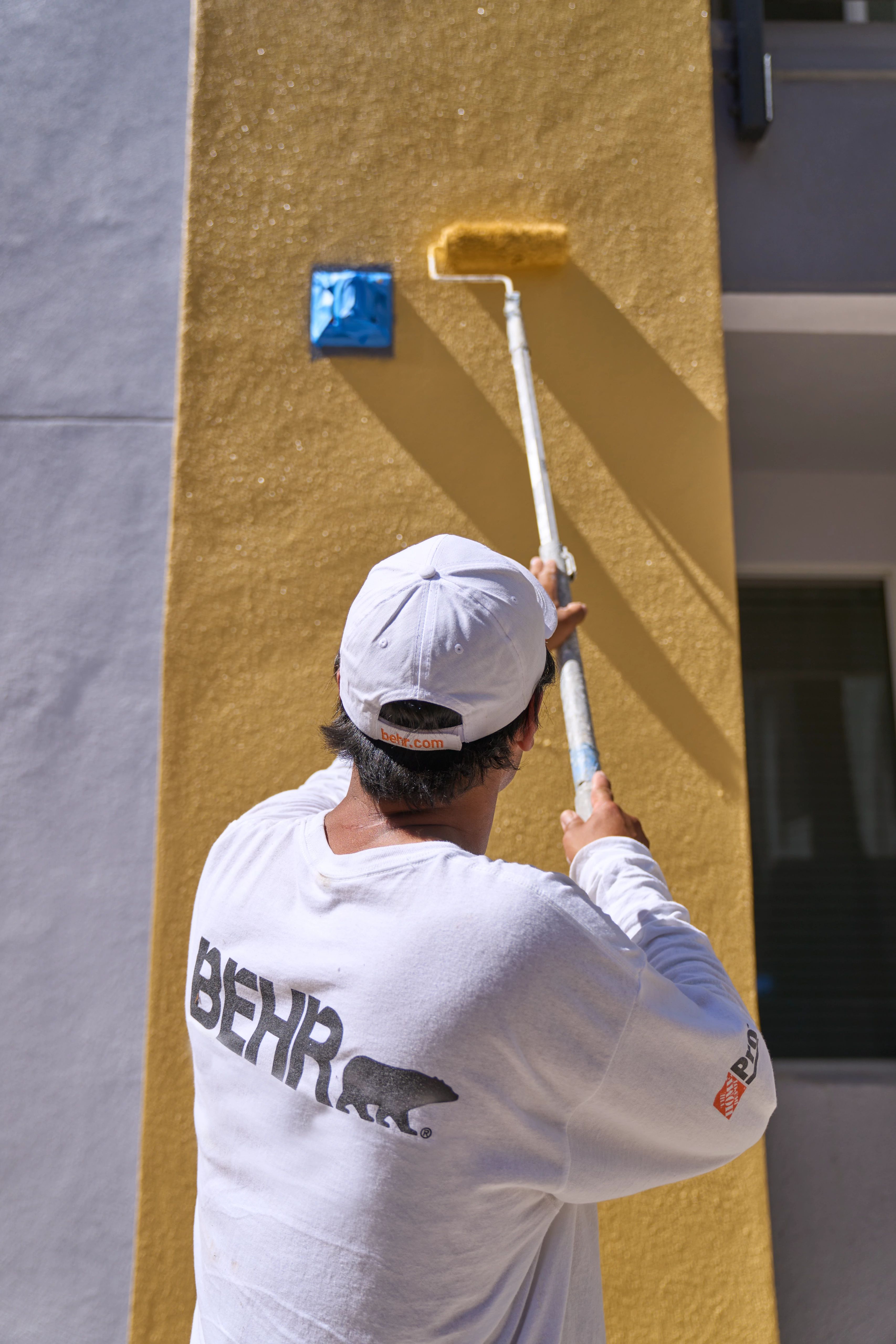
Pro Tip: Don’t let humidity sneak up on you! When humidity is high, condensation can form overnight, which means streaks, fading, poor surface adhesion, or mildew — especially on shaded surfaces. On a muggy day, start painting in the late morning, when temperatures are actively rising, but before the late-afternoon peak temperatures hit.
IT’S ALL ABOUT TIMING
The summer sun can push surfaces 20°F-plus above air temperatures, and direct sunlight on freshly applied paint may result in poor adhesion, premature drying, and bubbling. This means timing is everything!
Seasoned paint professionals recognize this and, therefore, get to work early, following the shade throughout the day. Planning your paint jobs strategically not only protects fresh paint from the harsh sun, but also contributes to a more successful and aesthetically pleasing outcome.
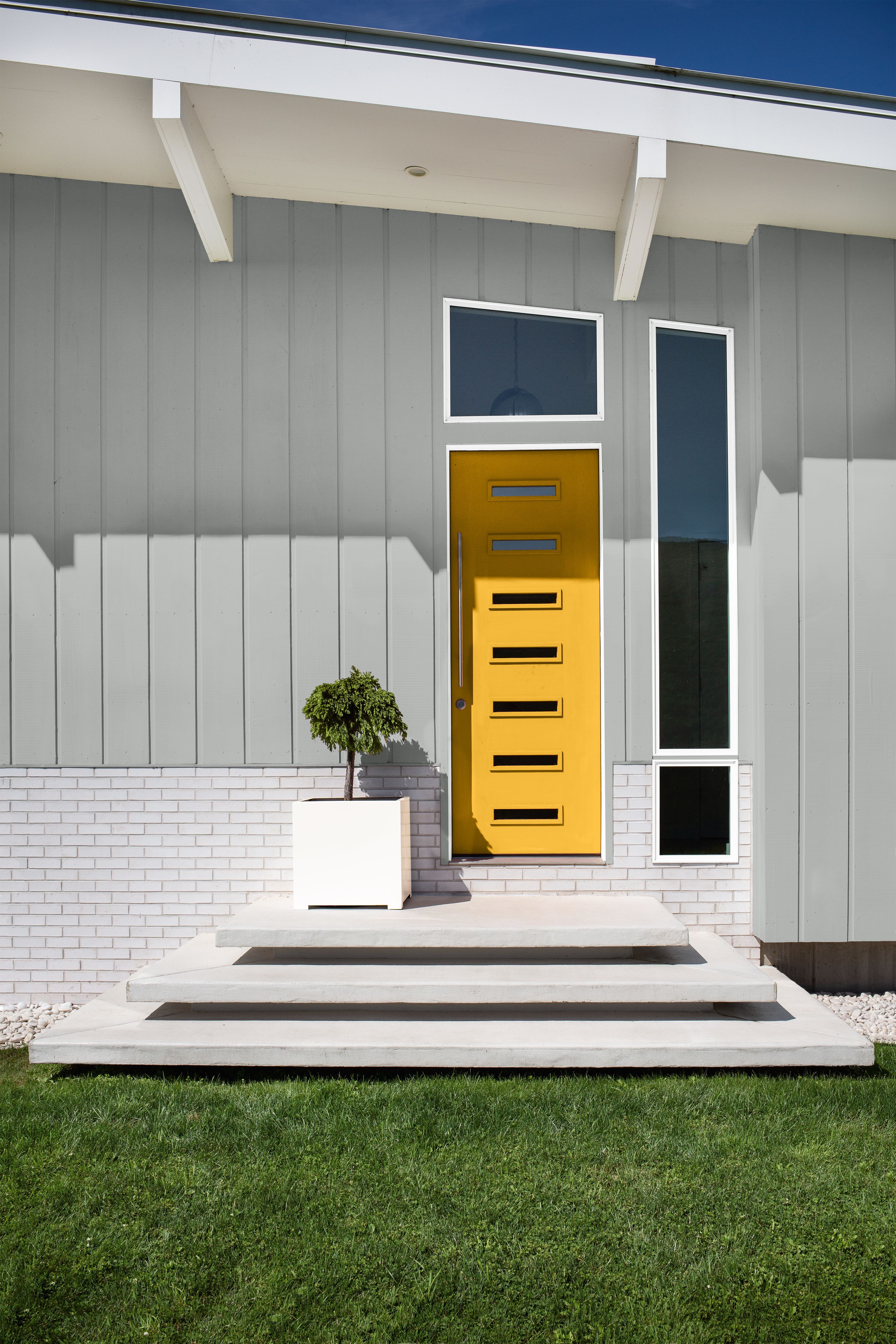
Pro Tip: Smart planning also includes choosing paint that not only withstands, but performs, in extreme heat. Designed for demanding UV conditions, BEHR DYNASTY® Exterior Paint and BEHR MARQUEE® Exterior Paint can be applied in conditions as hot as 90°F and provide long-lasting beauty.
MIND THE METAL
In the scorching summer sun, metal quickly becomes blistering hot. Applying paint under such conditions can lead to weak bonding and an uneven finish, as well as peeling. Take time to carefully check the substrate’s surface temperature before you jump right in — and remember: If it’s too hot to touch, it’s too hot to paint!
To help your painting job last longer, be sure to prime! Primers such as BEHR® Metal Primer can be applied on metal and promote excellent adhesion by providing a smooth, even surface. In addition, it features corrosion and rust-resistant properties, works with both ferrous and non-ferrous metals, and provides a quick recoat time.
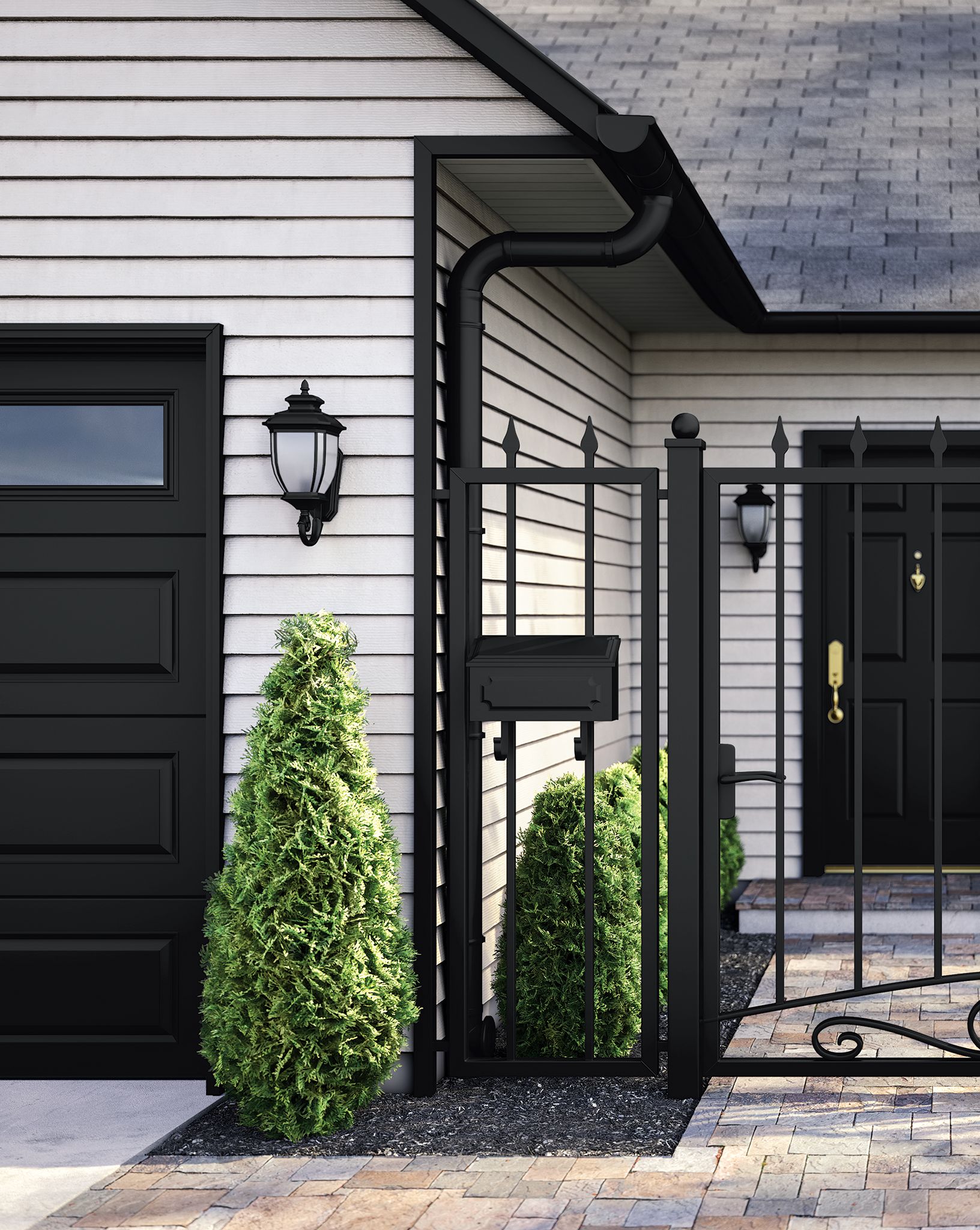
Pro Tip: Metal is the toughest substrate to paint in hot weather because it absorbs and retains heat. This is exacerbated when applying dark-colored paints. The only way around this is to schedule painting of metal surfaces early in the morning when it is cooler.
PROTECT YOURSELF
Surfaces aren’t alone when it comes to getting overheated in the summer. Remember: The safety of you and your crew must be your first priority. Here are some best practices to help you make the best of working through even the hottest weather.
- Water, water, water! Out in the heat, you quickly lose fluids so you should always have cold water on hand. Sports drinks with electrolytes are OK but they contain a lot of sugar that can worsen hydration.
- Wear the right clothing. Choose lightweight and loose clothing that breathes easy. Cotton and linen clothing are excellent choices, and athletic clothing that wicks away sweat also does the trick.
- Cool off. If you must work through the heat of the day don’t forget to take an occasional 10–15 minute break. A quick, air-conditioned break can work wonders.
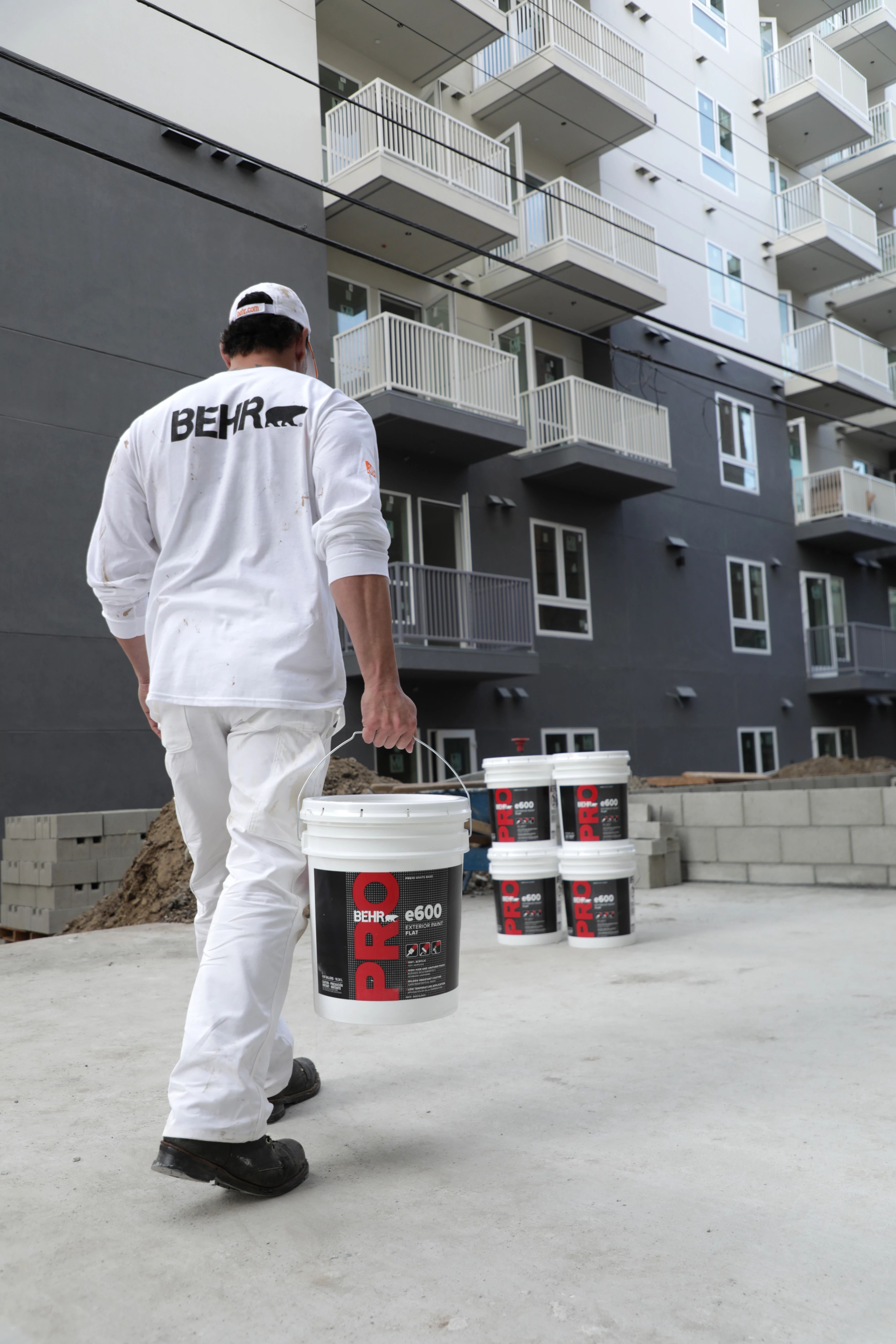
Pro Tip: Pace yourself. Break projects into smaller chunks, wear sun protection and take regular breaks. If you start to feel overheated, wrap a wet towel around your head to cool down.
A FEW ADDITIONAL TIPS
- To manage the painting process effectively in hot weather, work in smaller sections to ensure proper application. This needs to be done in conjunction following the shade throughout the day.
- When it’s time to take a break, be sure to place a damp cloth over the paint bucket that holds all your roller covers and brushes. This will keep dried skin from forming on the paint.
- Do not put floor mats, upside-down buckets, or drop cloths on the grass, as they will kill the grass in the heat.
Painting in hot weather demands a careful approach, but armed with these tips, paint professionals can successfully overcome the challenges posed by scorching temperatures. By timing your work wisely, prioritizing shade, considering paint consistency, and paying attention to surface temperatures, you can ensure that your paint jobs withstand the heat and maintain their quality and longevity.
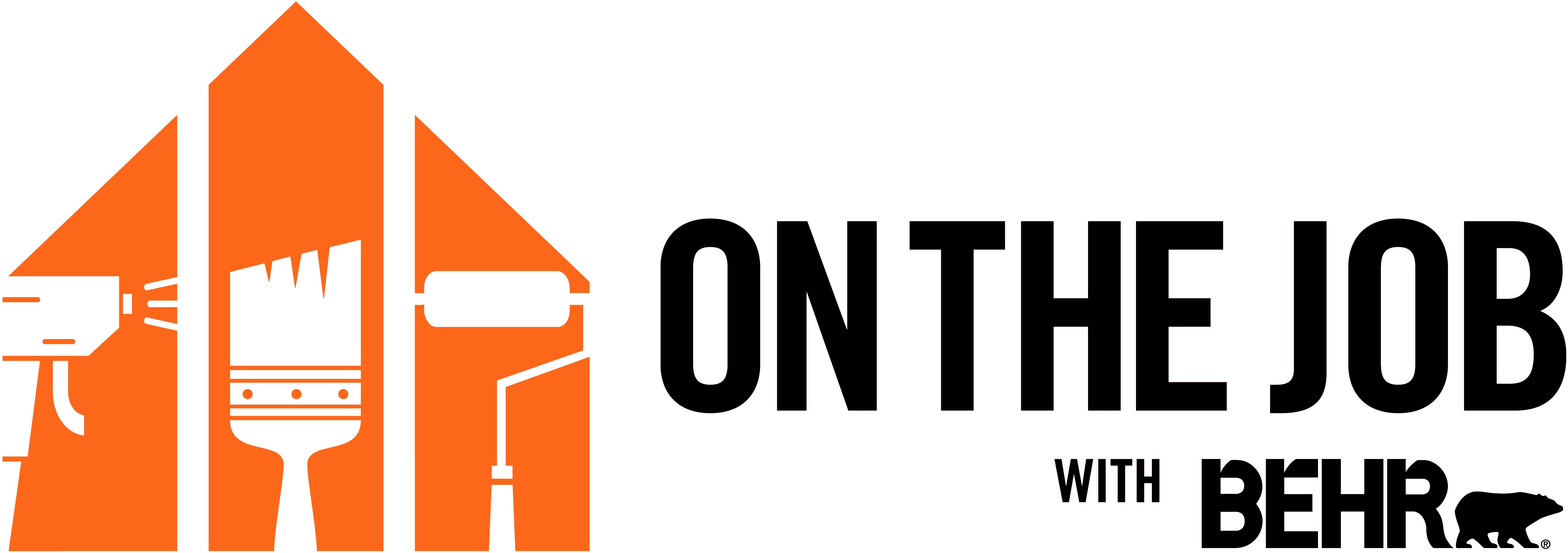
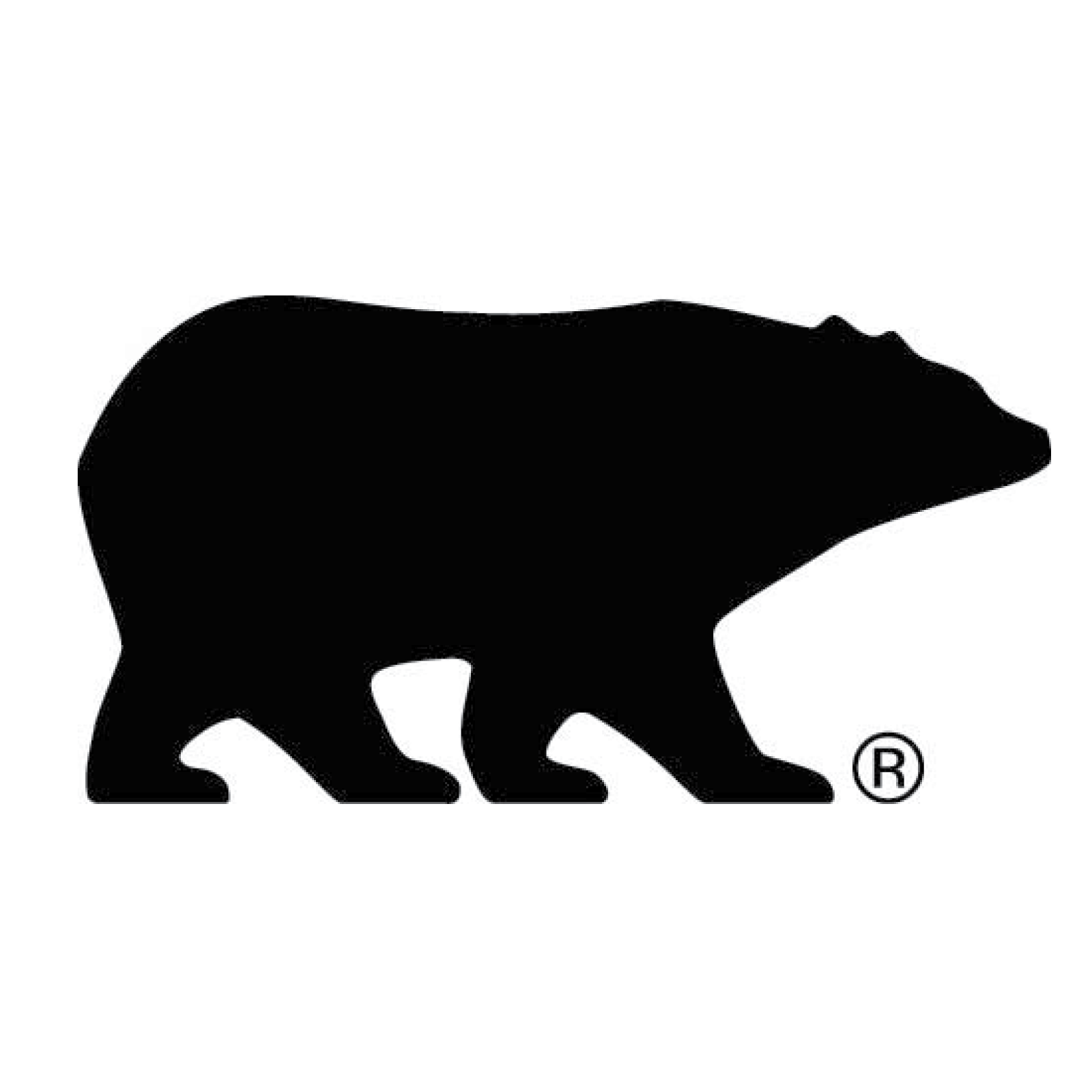
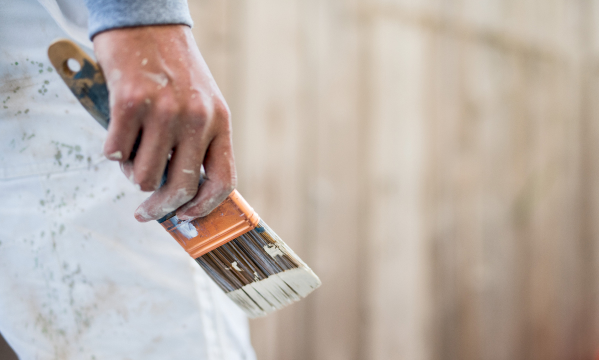


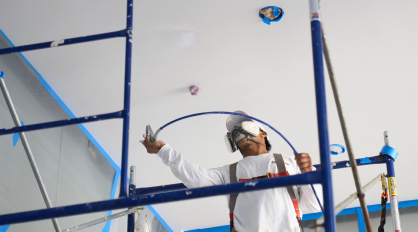

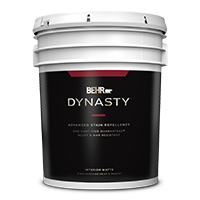
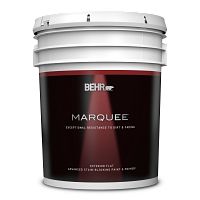
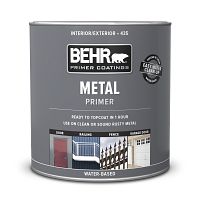
Very helpful tips
Thank you Dillon! If you ever have questions about our products and services, please contact your local BEHR Pro Rep.
We only have two options: work at night or very early to avoid high temperatures.